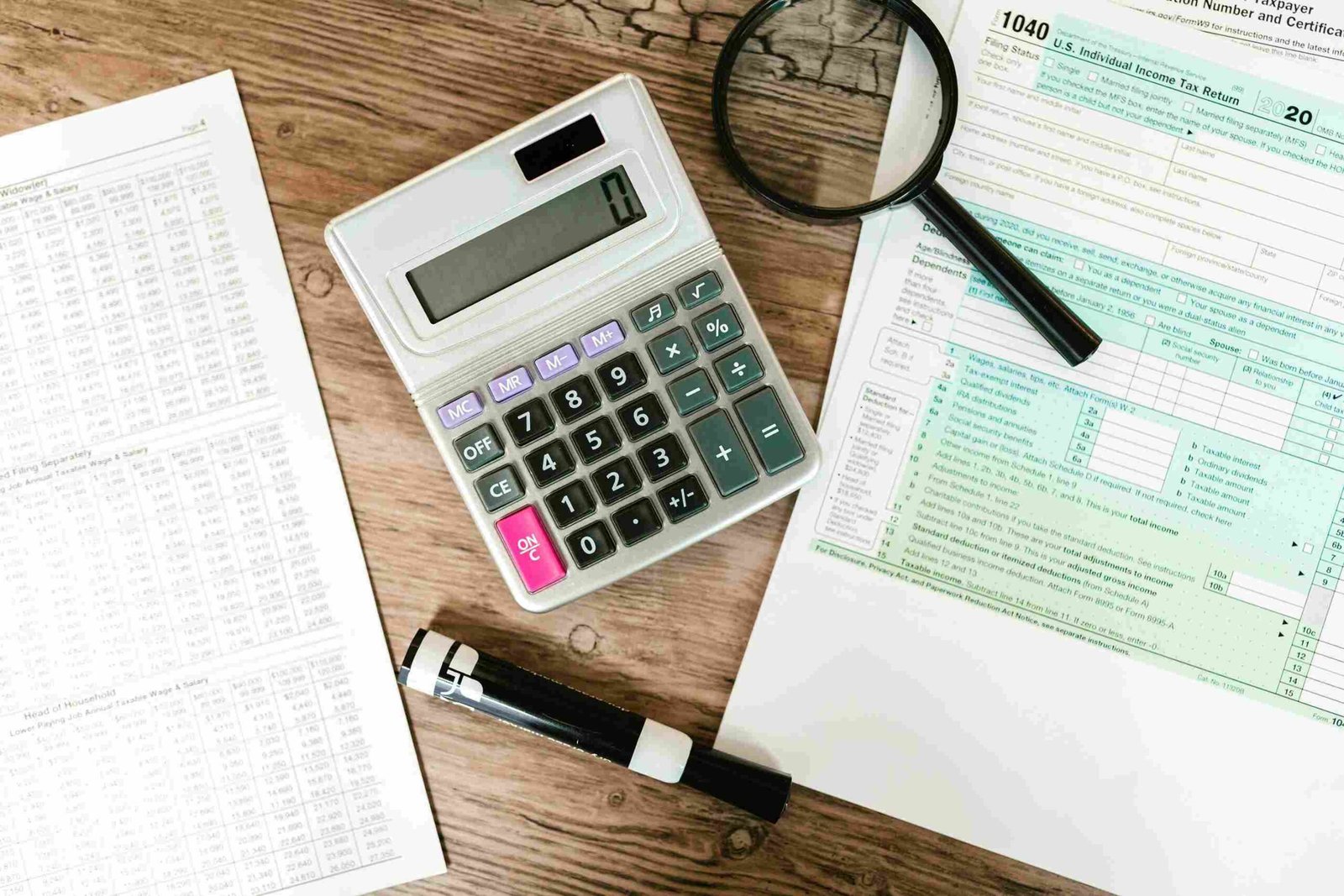Today, when economic frauds present a major risk to organizations and economies, forensic accounting is an effective weapon against these evils. It combines accounting, auditing, and investigative abilities to examine financial documents and identify anomalies, and is critical to financial crime investigation. The practice is more complex, as it consists of an understanding of accounting standards and the cognitive techniques that fraudsters use to cover their tracks. To accounting students and practicing accountants, knowledge of forensic accounting enables them to learn and appreciate how financial fraud is detected and prevented.
This article goes deeper into the subject of forensic accountancy, including the techniques used in the field, the kind of financial frauds out in the market that the method is looking to find, and the increasing relevance of the method in the current financial environment. Furthermore, we will discuss how the subject is packed with opportunities for accounting assignments and how accounting assignment helpers can assist students and working professionals in gaining a thorough perspective on the investigative side of financial auditing.
The Role of Forensic Accounting
In its simplest form, forensic accounting combines skills of investigation with those of accounting to treat accounting evidence, evaluate internal controls, and recognize fraud. The forensic accountant can be described as a detective in the corporate world who is supposed to investigate fraud cases that might be concealed in large statements. Fraud is always a clandestine endeavour. Thus, its identification involves the use of a rational brain that can comb through piles of information in search of something anomalous or different.
Students seeking assignment help US can benefit from understanding these investigative techniques and the role of forensic accountants in uncovering financial discrepancies.
Most of them tend to consult with law enforcement agencies, lawyers or firms, or companies where fraud, corruption, or embezzlement is suspected. Their skills are highly important in litigation when it is necessary to translate financial data into a language that a judge and the jury will comprehend. However, unlike traditional auditors who work to check compliance with accepted accounting practices or the accuracy of the company’s financial statements, forensic accountants are interested in deliberate fraud and crime.
Types of Financial Fraud Detected by Forensic Accounting
Forensic accounting is employed to detect and prevent various forms of financial fraud, some of the most common types being:
Financial Statement Fraud:
Kaplan and Atkinson identify financial statement fraud as a scenario within an organization in which people engage in deception to provide financial statements different from the actual state of the organization. This could be done by aggravating revenue, postponing expenditure charges, or concealing obligations. An example relates to the situation at WorldCom where, after investigating forensic accountants, found that the company had been rationalizing its profits by erroneously accounting for operating expenses as capital expenses.
Corruption:
Schemes of corruption cover bribery, conflict of interest, and extortion. The anti-fraud forensic accountants analyze advanced means and methods with the aim of discovering suspicious relations between the companies of a given state and third parties or various pathognomonic patterns in contracts, invoices, and payments that might speak for corrupt practices.
Money Laundering:
The money laundering process involves concealing the identity of the proceeds that have been generated from illegitimate businesses through some banking transactions or other commerce. Such money flows are followed by forensic accountants who look for differences or other atypical patterns of transactions that characterize laundering operations.
Tax Fraud:
This is a process whereby one or several people or companies provide misleading statements on their tax return forms in order not to pay taxes. Thus, through analyzing financial documents, bank records, and transaction histories, forensic accountants can show the hidden income or under the declaration of gross income, the overstated deductions, or the existence of off-the-books accounting.
Forensic Accounting Techniques
Here, forensic accountants use diverse techniques for fraud detection. These methods include the use of data and tools involved in analytical skills involving audit and investigative strategies that are focused on searching for irregularities in accounts. Some key techniques include:
1. Benford’s Law:
Another statistical tool applied by forensic accountants is the so-called Benford’s Law, which helps guess the number of digits in sets of naturally occurring numbers. If the frequency distribution of numbers in financial statements does not match Benford’s law prediction, then it will be a likely sign of fraud.
2. Vertical and Horizontal Analysis:
Anomalies could be those that are produced through a vertical analysis of the financial statements or those produced through a horizontal analysis by the forensic accountants. Vertical analysis is the process of converting every item in a financial statement to a percentage of the total of bases, often sales, while horizontal analysis is a method of comparing one figure with another figure in different periods on the same basis. If a line item differs significantly from other line items, or when the ratios of the line item and the actual total percentage differ significantly, then fraud may be suspected.
3. Ratio Analysis:
Financial ratios are comparisons that are made as part of the organizational evaluation, as well as when indicating possibilities of financial fraud. It may consist of profitability ratios, liquidity, debt, or other ratios derived to give a different view of the business than what can be viewed from basic financial ratios.
4. Data Mining and Digital Forensics:
Since the growth in cyber transactions, the forensic accounting process has adopted technology with the help of data mining methods for analyzing large data sets. Data mining gives the forensic accountants capability of recognizing distinct patterns, relationships, or trends that might point to fraud. However, it reveals deleted documents, altered papers or any proof of any immoral activity disappears from the software.
Conclusion
One important line of defense against financial fraud is forensic accounting. Forensic accountants locate illicit fraud through the power of investigation and accounting. They force organizations to answer for their financial integrity. As soon as you understand how complex forensic accounting is, it will be beneficial information for both amateurs and experienced professionals while trying to tackle financial fraud. This investigative aspect of forensic accounting is appealing to students over general accountancy for a postgraduate study, offering them robust groundwork in finance or supporting financial law enforcement or business control functions.


